A leaked document from a district-level Military-Civil Fusion (MCF) office obtained by The Epoch Times outlines specific local developments integrating military capabilities and civilian infrastructure.
The document, titled “2020 MCF Work Summary and 2021 MCF Work Planning,” came from the Jiedong district of Jiayang, Guangdong province. It details how the MCF blurs boundaries between military, civil, and commercial entities.
According to the U.S. State Department, “MCF is the strategy to develop the People’s Liberation Army (PLA) into a ‘world class military’ by 2049.” The Chinese Communist Party (CCP) “is systematically reorganizing the Chinese science and technology enterprises to ensure that new innovations simultaneously advance economic and military development”
Dual-purposing Civilian Resources for Military Use
The document lists several 2020 MCF projects including civilian infrastructures and non-military businesses that were converted or enlisted for military use.One MCF office project was upgrading a regular highway that happened to pass through a naval base into a “combat-ready highway,” giving it the dual purpose of being a runway for fighter jets. The original highway was rerouted around the naval base.
Another project was the conversion of a local fiber optic cable company into a civilian-military fusion business to “utilize the advanced technology for military and defense.”
Building Civilian Air Defense Facilities
Air defense is another focal point of the MCF. The document claims that a civilian air defense control center was built and staffed in 2020. Alarm and teleconferencing systems throughout the district were also upgraded.According to government regulations, underground air-raid shelters are to be built in the basement at the same time as the above-ground structure. If the shelter isn’t included, the building owner is obligated to pay a fine that would cover the costs of building the underground shelter elsewhere. The MCF district office collected $471,000 in such fines in 2020.
Meanwhile, the document reports that 377,000 square feet of underground air-raid shelters were constructed in 2020.
2021 Budget Increased by 60 Percent
The MCF strategy has been implemented by a large network of MCF offices throughout China. The CCP Central Commission of MCF Development has been chaired by Xi Jinping since 2017, and its strategic importance elevated in recent years.A budget planning report of the Jieyang city MCF office, with 12 administrative members, shows the annual budget for 2021 was increased by over 60 percent to a total of $2.7 million. Air defense and sea defense-related projects are cited for cost increases.
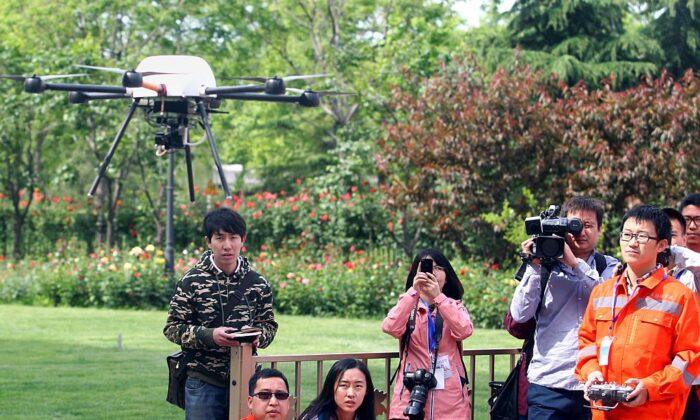
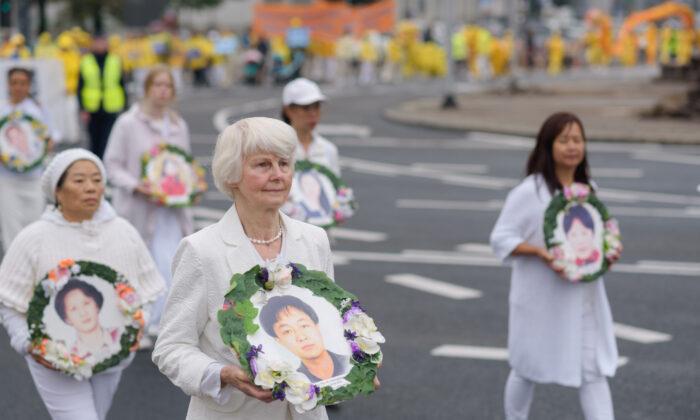
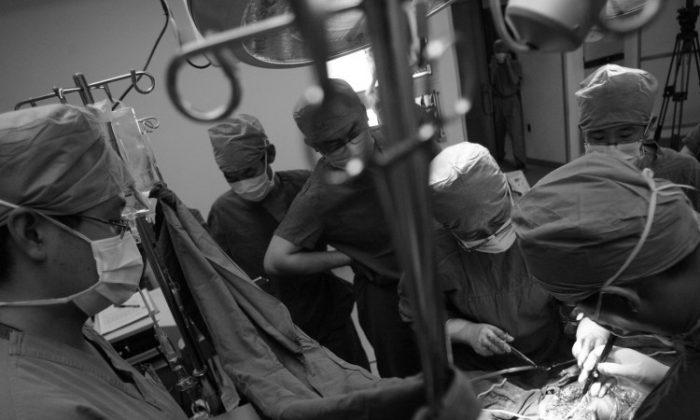
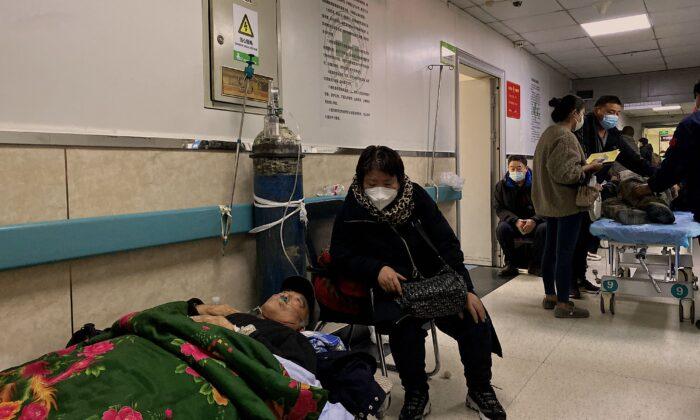
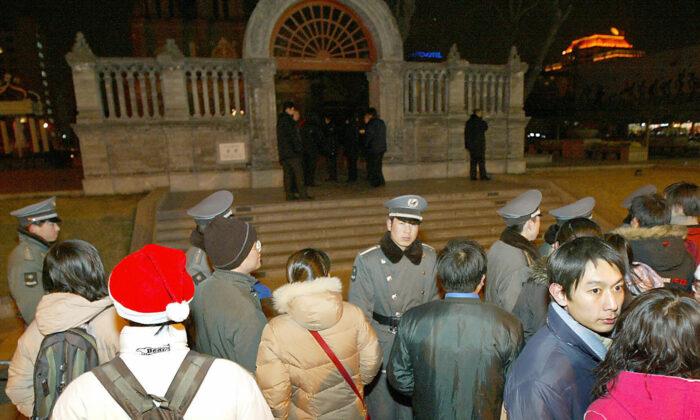
Friends Read Free